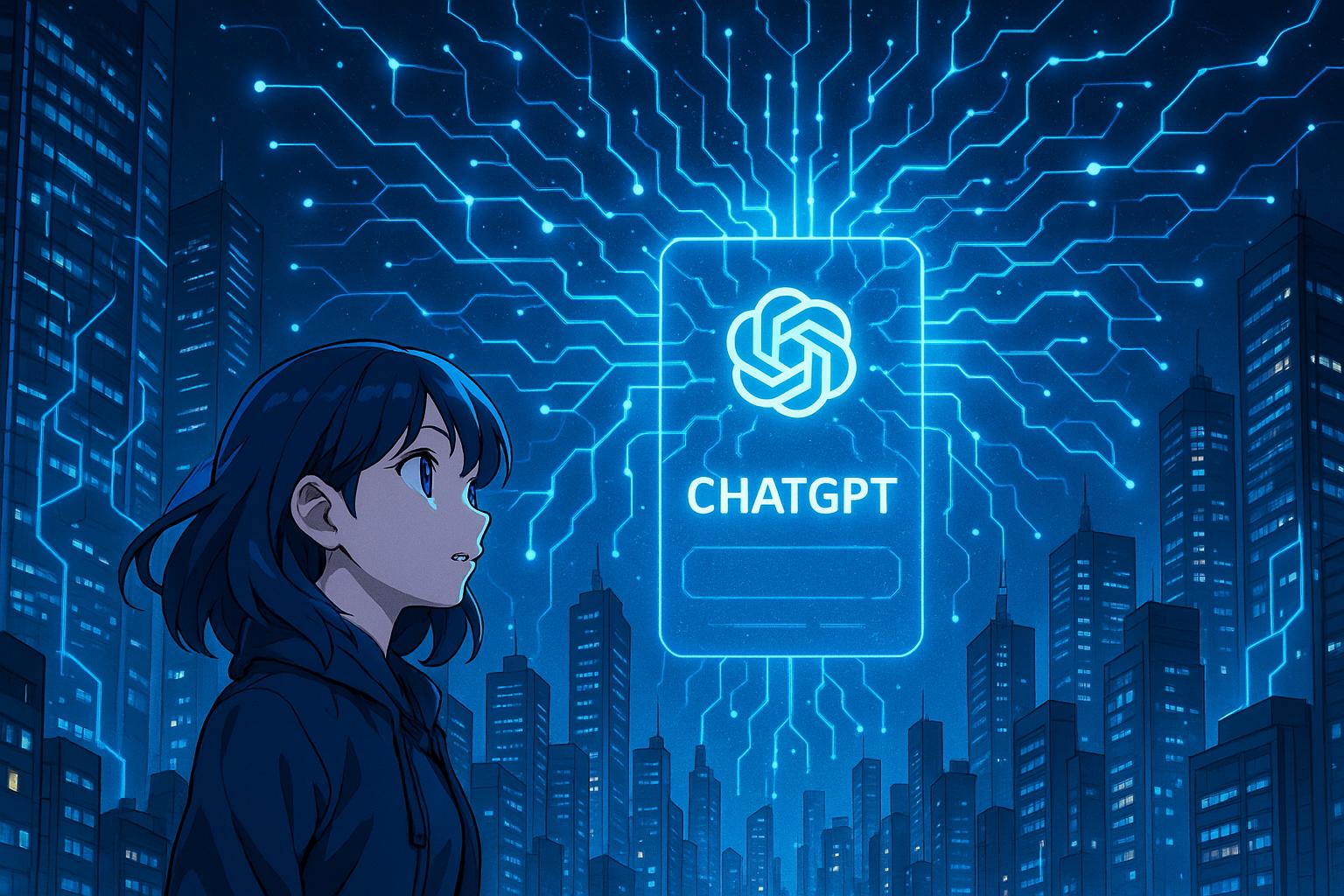As the world enters what many are calling "AI time," it's becoming increasingly clear that the transformative impact of artificial intelligence is redefining how technology evolves. The recent observations and insights from experts highlight an undeniable acceleration in AI advancements that surpasses any prior technological evolution.
In her latest 340-page Trends report, Mary Meeker, a respected analyst, underscores the rapid global rise of AI, particularly through platforms like ChatGPT. Notably, ChatGPT achieved 365 billion annual searches within merely two years of its launch, a feat that took Google nearly a decade to accomplish. The speed of this adoption indicates that we are no longer adhering to the slow rhythms of Moore's Law—which posits that processing capability doubles every two years—but rather embracing what some are calling AI Model Law, where generative model capabilities may double every three months. This perspective aligns with Meeker’s assertion that "the pace and scope of change related to the artificial intelligence technology evolution is indeed unprecedented."
Equally fascinating is the competitive landscape that has emerged around AI technologies. While Meeker acknowledges the strong position held by OpenAI, she also highlights the potential challenges posed by cost-effective, custom-trained models, particularly those emerging from non-U.S. markets. With the rise of cheaper alternatives like China’s DeepSeek, U.S. leaders may face a tightened grip on their once-untouchable dominance. Despite the astounding growth rates since the introduction of products like ChatGPT, Meeker points to the sustainability of these innovations as a concern, drawing parallels with previous tech giants like Uber and Tesla, which struggled with profitability for extended periods.
The discussion around hardware advancements is also telling. Nvidia's CEO Jensen Huang has been crucial in shaping this narrative, having propelled the company to new heights with the surging demand for GPUs from the AI sector. Recent announcements from Nvidia’s GTC 2025 conference showcased a slew of cutting-edge products aimed at supporting AI development, including Blackwell GPUs and innovative data centre solutions. Huang's Law, which posits that GPU performance will double at a rate faster than traditional computing metrics, could play as significant a role in AI growth as any generative model.
Even so, the gap between processing power and model development is narrowing as new advancements occur at a breathtaking pace. Huang himself has highlighted the urgency to develop infrastructure for AI applications, aiming to prepare for the inevitable proliferation of generative technologies. However, as Meeker’s report suggests, the implications of these developments may raise concerns as we look towards a future filled with intelligent machines capable of unprecedented tasks—ranging from producing entire films to potentially simulating human-like minds by 2030.
The rapid adoption of AI tools has not come without societal ramifications. While the world was once filled with confusion regarding the Internet, the current transition toward AI tools like ChatGPT has met with relative ease from users. This smoother integration could be partly attributed to the technological foundation built by the Internet and mobile computing, which paved the way for user familiarity and acceptance.
Yet, amidst this rapid change, there remains a sense of urgency for deeper reflections on the ethical frameworks and societal implications that accompany these technologies. The formation of groups like the Partnership on AI in 2016 sought to address both the opportunities and challenges presented; however, the pace of developments in "AI time" leaves little room for such contemplations. The accelerated evolution raises the question of whether society can keep pace with the technology it is adopting.
As we continue to navigate this new era, it is essential to recognise that while AI advancements promise remarkable capabilities, they also demand a heightened level of vigilance regarding their implications for the future.
📌 Reference Map:
- Paragraph 1 – [1], [2]
- Paragraph 2 – [3], [4]
- Paragraph 3 – [5], [6], [7]
- Paragraph 4 – [1], [2]
- Paragraph 5 – [4], [6]
- Paragraph 6 – [1], [2]
- Paragraph 7 – [1], [4]
Source: Noah Wire Services
